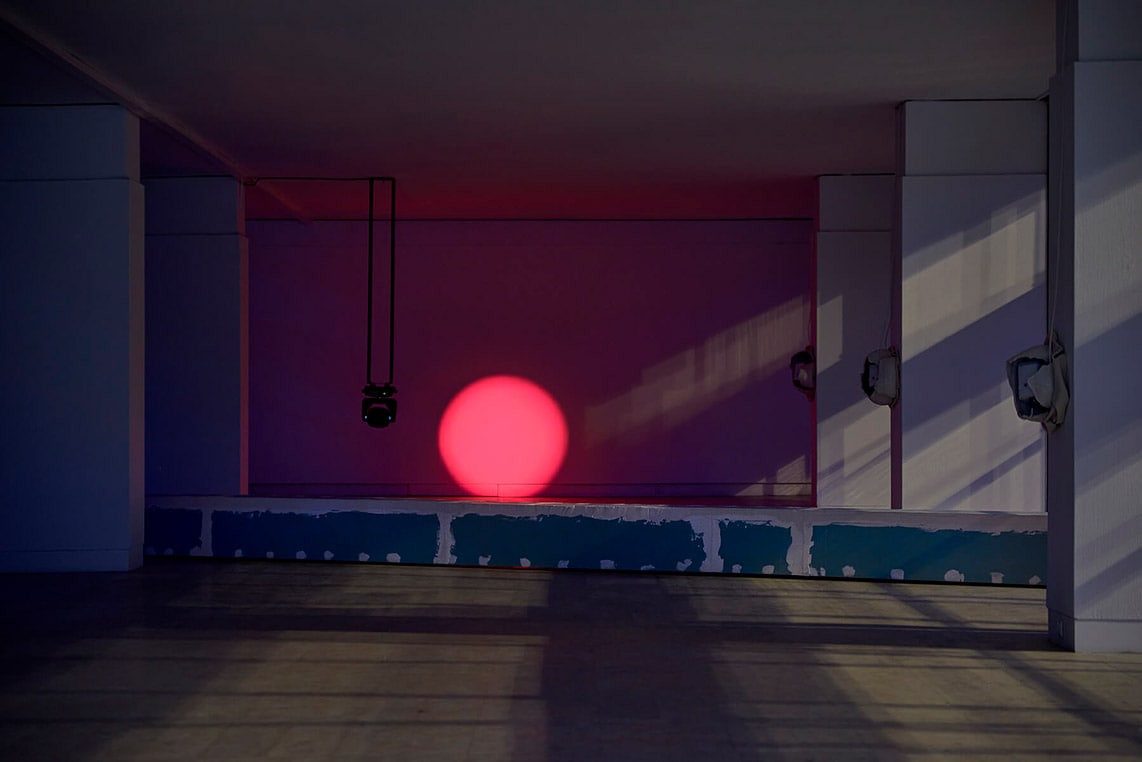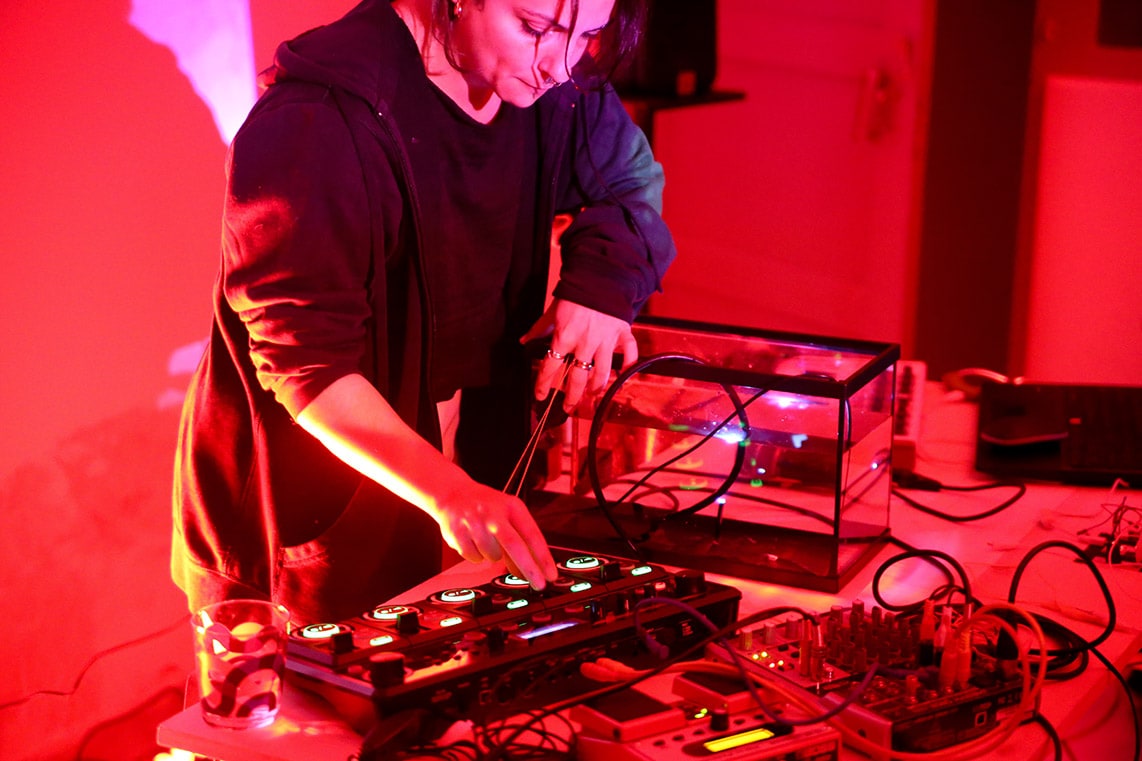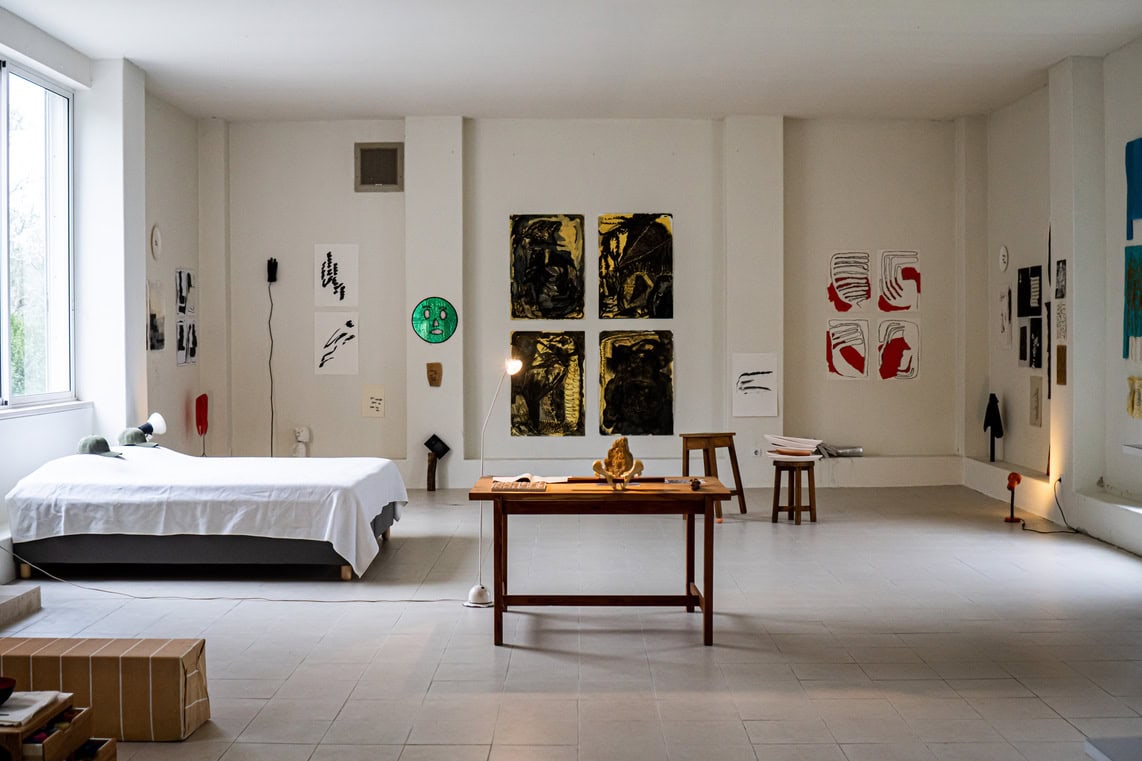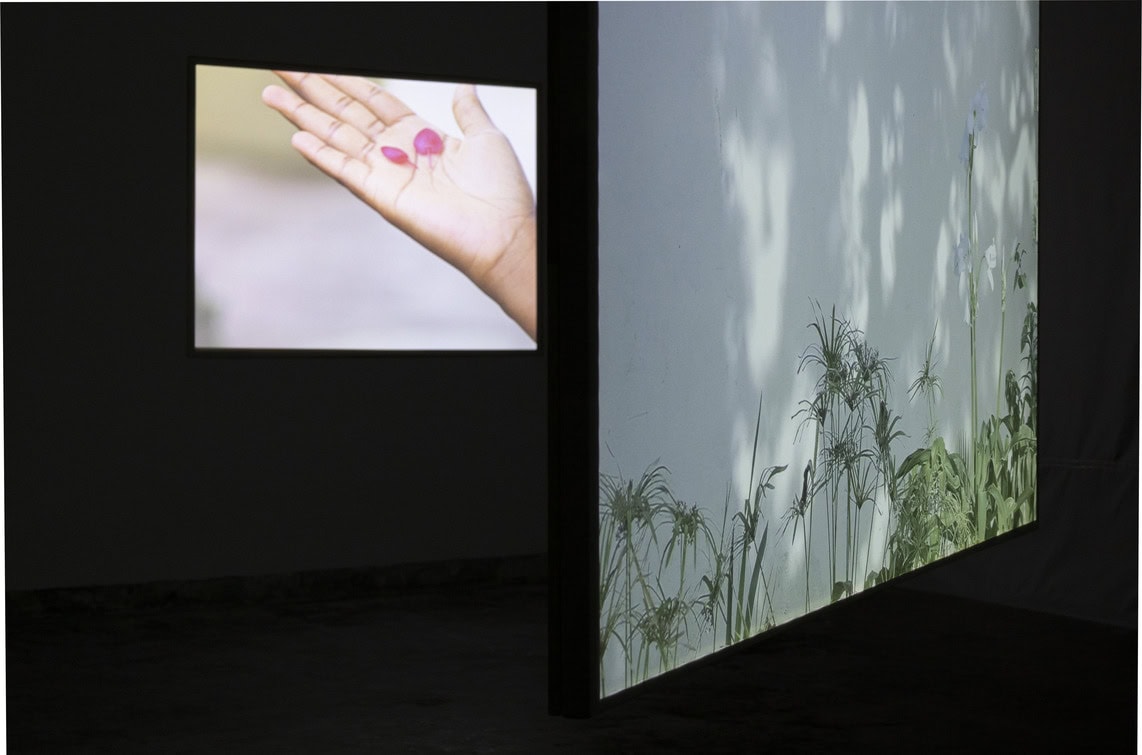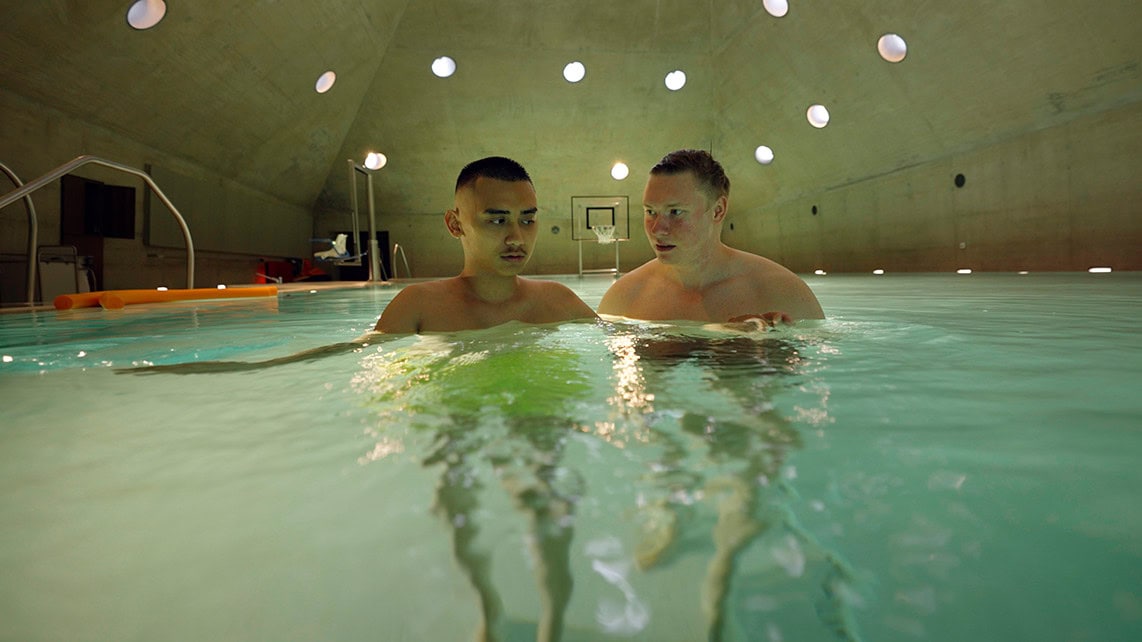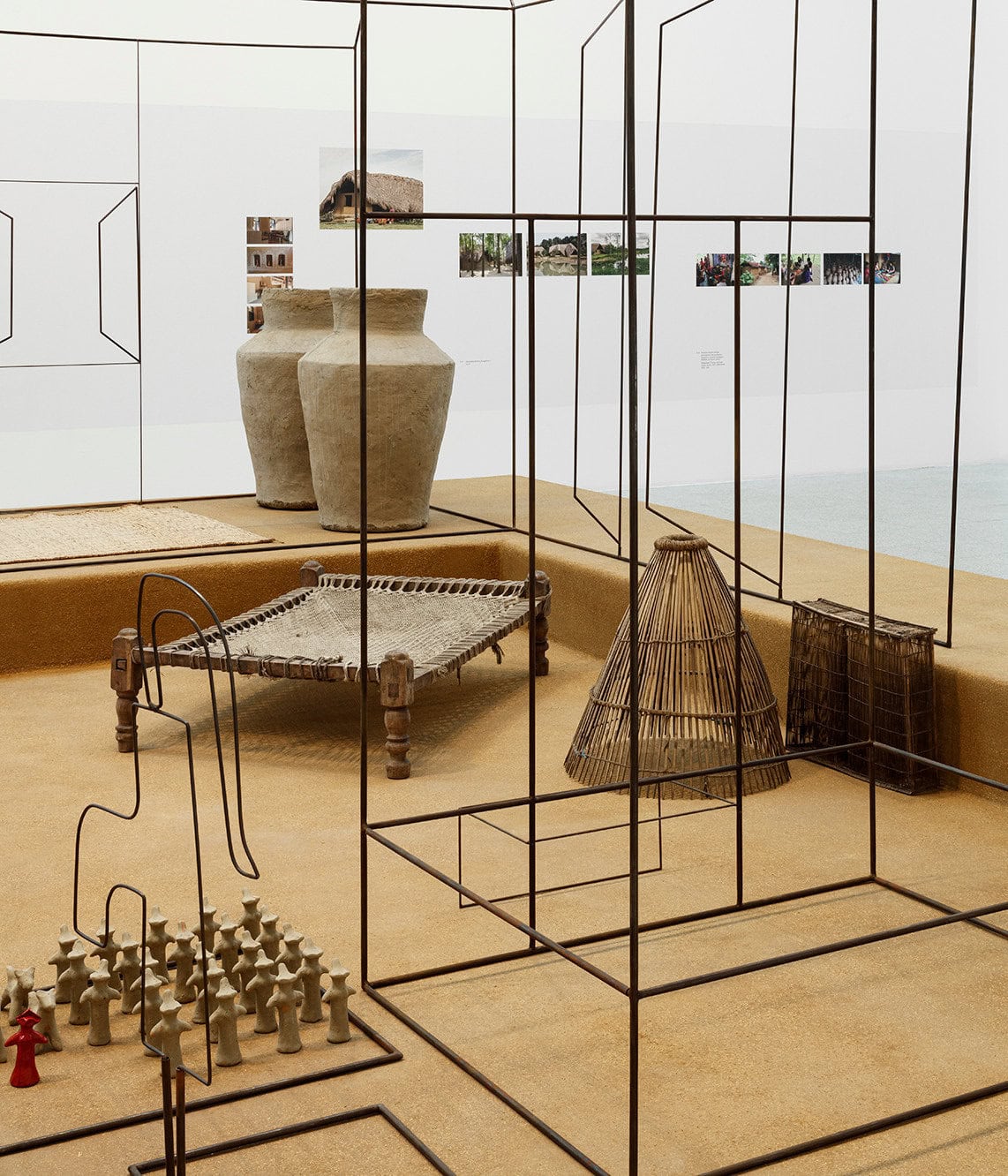Ana Pérez-Quiroga has opened her first exhibition at galeria NO.NO, Lisbon. ¿De qué casa eres? Episodios de un cotidiano. Del bando republicano de la Guerra Civil Española extends the work that the artist has been developing since the end of 2017. This project is centred on the socio-political episode that took place in the Spanish Civil War (1936-1939), where 30.000 Republican children, known as the “Niños de la Guerra”, were exiled in various countries, with 2.895 ending up in the Soviet Union, the “Niños de Rusia”.
Returning to their country of origin only 19 years later (1937-1956), these children experienced closely the invasion of the USSR by Nazi German troops during World War II – Operation Barbarossa – growing up under the Soviet education and environment, both of which had a great impact on their lives. A phenomenon that links the history of Spain with the history of Europe and the West.
This work has an autobiographical element, as the mother and aunt of APQ were part of this group of exiled children, at the time 4 and 5 years old, respectively. The question “¿De qué casa eres?” was asked by these children to each other, not only during their stay in Russia, but also in Spain after their return. And this question may even represent the interrogation of an identity, a sense of belonging to a country, through the migrant’s lens.
The exhibition ¿De qué casa eres? Episodios de un cotidiano. Del bando republicano de la Guerra Civil Española refers to a revolutionary imaginary, specifically the struggle for the Republic. A Republic that preceded the Spanish Civil War, started in 1936 by a coup d’état led by Franco. A war that lasted three years, killing thousands, and which ended on 1 April 1939, when the Republic was defeated and Franco’s military dictatorship began.
Through this exhibition, APQ proposes to take this revolutionary spirit into the present. A present marked by the pandemic, which forces us to reconsider several issues, in particular the way we relate to each other and how we manage our daily lives, in the face of the necessary restrictions and distance. A present dominated by technology, social media and an excessively fast pace, where racism, discrimination and the destruction of nature still exist.
In the first work we see when entering the gallery, “¡VIVA! República, República ¡VIVA!” presents a double expression: Viva República! or República Viva!, painted with two of the three colours of the II Spanish Republic flag – red and purple – proclaimed in April 1931, which put an end to the monarchy.
The work ¡NO PASARÁN! is composed of 30 bags of burlap, filled with granulated cork in the shape of a trench. Each of the bags has a well-known political slogan painted in red, related to a more recent or older episode in history. The work ¡NI UNA MENOS! gathers all of them – ¡NI UNA MENOS!; VIVRE LIBRE OU MOURIR; NO GENDER NO PROBLEM; BLACK LIVES MATTER; JE SUIS CHARLIE; REVOLUTION IS NOT A DINNER PARTY; VENCEREMOS; among others.
Each of the ¡NO PASARÁN! Bags can be purchased by a different person, who will be responsible for one of the parts of the trench. The jute burlap, whose resistance is ensured by the mishmash of different thick and rough threads, is a metaphor for the network of 30 people, who give meaning and strength to the fight against totalitarianism, populism and oblivion.
The video Venceremos shows us APQ carrying and waving the Republican flag towards a hopeful horizon. 30 images taken from this video constitute the work ¡Hasta la victoria sempre! #1-30 and register the path taken by the artist with the flag, conveying a desire for victory. Accompanying all the works, we listen to Ay Carmela. The well-known republican revolutionary song of the Spanish Civil War is sung by Ângela Petra, mother of the artist.
All six works are associated with the revolution, the persistent struggle that preserves memory against oblivion. It reaches the present, instilling in us a necessary and current revolutionary feeling. As Maria do Mar Fazenda says in the text of the exhibition, “Apart, we are together (Séparés, on est ensemble. Mallarmé) and we live the same present”.
¿De qué casa eres? Episodios de un cotidiano. Del bando republicano de la Guerra Civil Española is an urgent exhibition, open until 9 January 2021 at galeria NO.NO, Lisbon.
